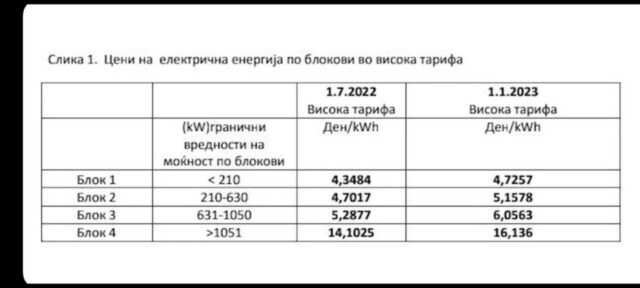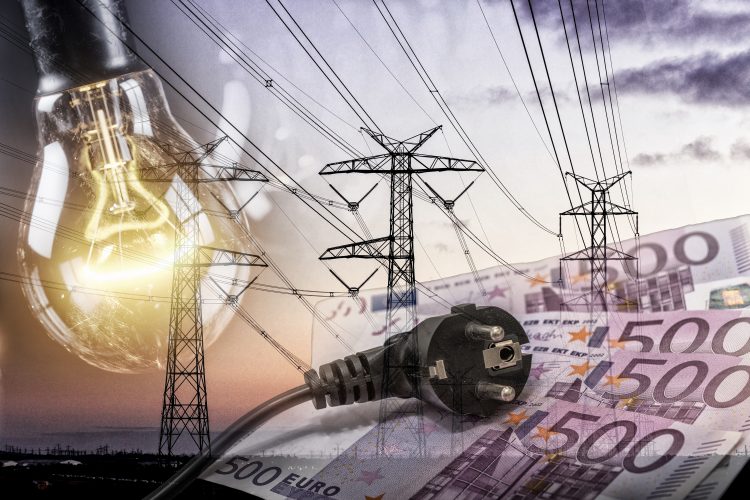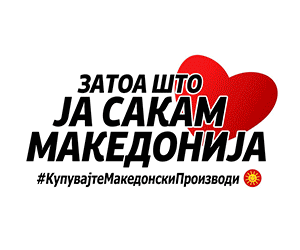We entered the new year exhausted and worn out. In the year that is behind us, basic food products have become a luxury, Sunday lunch is more often lean, and Sunday is a non-working day – perfect for washing, ironing, cooking, and cleaning. The government advised us to cook in smaller pots, take showers instead of baths and turn off computers. We saved, changed the day to night, and the mild winter gave us hope that we might survive.
And as if it were not enough that the Government’s promises on the ground are just empty phrases, and that winter is yet to come, we will feel a real New Year’s greeting on our skin with the January electricity bill.
Electricity is getting more expensive. In reality, not in the political speeches of officials. The Regulatory Commission, which calculates electricity prices without including VAT, actually reduced the prices for the first and second blocks for households, but as of January 1, the measure to return the VAT from 5 to 10 percent comes into effect.
For 99.2 percent of households, the cost of electricity will be reduced, not including the increase in VAT. The most important thing is that for 70,000 small and micro companies, the price of electricity is significantly reduced, says the president of ERC Marko Bislimoski.

But is it so?
This table presents the electricity targets per kilowatt-hour by block. Blocks apply to expensive electricity. At the same time, the VAT has been increased from 5 to 10 percent. Take an electricity bill, multiply your consumption by the new price and add 10% and you can easily calculate how much “your electricity will be cheaper” as of January 1.

This table, on the other hand, presents the price of cheap electricity, which has more than doubled in price.





Comments are closed for this post.